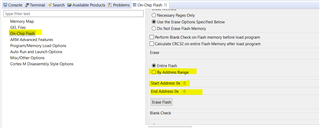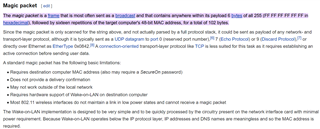Dear TI Support,
I have a EK-TM4C1294XL evaluation kit. I downloaded SPMA072 (Serial to Ethernet Converter for TM4C129x).
I am able to compile using CCS 11.2.0. The application is running fine and I am able to open webserver.
I made a few changes to webserver to target our application.
One of the new requirements is ability to do Tiva firmware updates using webserver and Ethernet channel. I started reading TivaWare Boot Loader document (SPMU301E).
I would like to know if you have existing code that I could use or if you can give me some guidance.
I appreciate your help,
Felix V.



